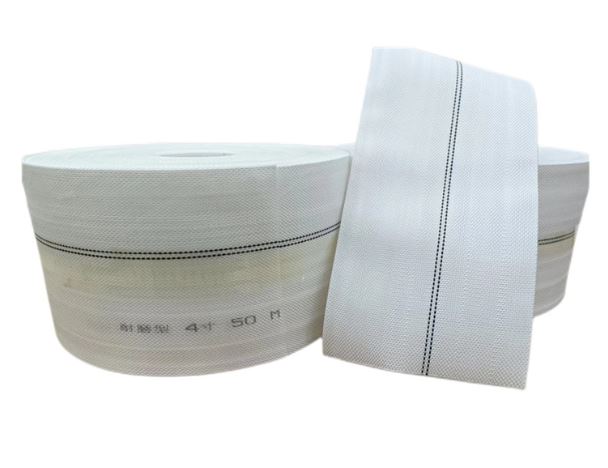pvc air hose vs rubber
PVC Air Hose vs. Rubber Air Hose A Comprehensive Comparison
When it comes to air hoses, two of the most popular materials are PVC (Polyvinyl Chloride) and rubber. Each has its own advantages and disadvantages, making them suitable for different applications. Understanding these differences is essential for anyone looking to purchase an air hose for industrial, commercial, or home use.
Durability and Resilience
Rubber air hoses are known for their exceptional durability and resilience. They can withstand extreme temperatures, both hot and cold, without losing flexibility or breaking. This makes them ideal for outdoor applications or in environments where the temperature fluctuates significantly. Additionally, rubber hoses are resistant to abrasion and wear, making them suitable for rugged use.
On the other hand, PVC air hoses are generally less durable compared to rubber. They can become brittle over time, especially when exposed to harsh weather conditions or extreme temperatures. However, PVC hoses can still offer decent performance in less demanding environments. They are often more suitable for light to moderate use, such as in home workshops or for yard work.
Weight and Portability
One of the significant advantages of PVC air hoses is their lightweight nature. They are considerably lighter than rubber hoses, making them easier to handle and transport. This can be particularly beneficial for users who need to move their air hose frequently or for those who have limited physical strength. For casual users or DIY enthusiasts, a lightweight hose can reduce fatigue during extended use.
pvc air hose vs rubber

Rubber hoses, while heavier, do offer a certain level of heaviness that contributes to stability, especially when working with machinery that requires a solid connection. However, their weight can be a drawback for those who prioritize portability and ease of handling.
Flexibility and Handling
PVC air hoses are generally more rigid than rubber. This rigidity can make them easier to coil and store, but it may also lead to kinks, which can restrict airflow. In contrast, rubber hoses are known for their superior flexibility, making them easy to maneuver and less prone to tangling. This is particularly important in applications where movement is required and a large range of motion is necessary, such as in automotive repair or construction sites.
Cost Consideration
Another key factor to consider is the cost. PVC air hoses are typically more affordable than rubber hoses. For occasional users who do not need heavy-duty equipment, a PVC hose may represent the best value for money. However, for professionals who require a hose that can handle tough conditions and long-term use, investing in a rubber air hose may be worth the higher price.
Conclusion
In summary, both PVC and rubber air hoses have their merits and drawbacks. PVC hoses are lightweight and cost-effective, suitable for lighter tasks in moderate conditions. Conversely, rubber hoses offer unrivaled durability and flexibility, making them ideal for heavy-duty applications. Choosing the right air hose ultimately depends on your specific needs, including the intended application, budget, and environmental conditions. By carefully considering these factors, you can make an informed decision that best serves your requirements.
-
Top Quality Oxy Acetylene Hoses for Sale Fit for Welding DemandsNewsJul.28,2025
-
The Future of Pneumatic Air Tubes in IndustryNewsJul.28,2025
-
Superior and Reliable LPG Hose Pipe Solutions for Every NeedNewsJul.28,2025
-
Exceptionally Durable and Versatile Premium Braided PVC TubingNewsJul.28,2025
-
Best Adapters for Connecting Garden Hose to PVC Pipe ConnectionsNewsJul.28,2025
-
The Essential Role of LPG Hoses in Safe and Efficient Gas DistributionNewsJul.16,2025














